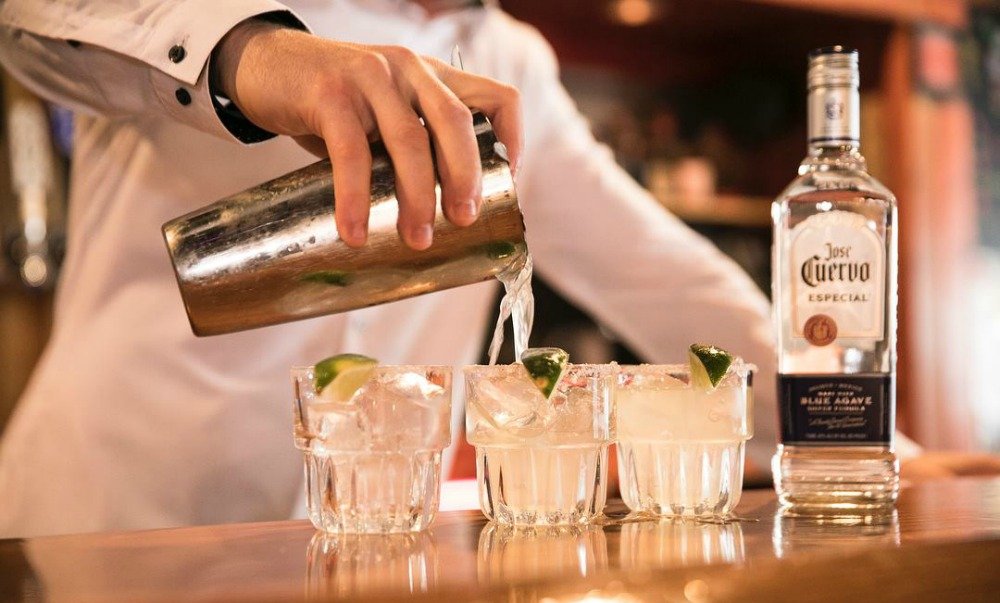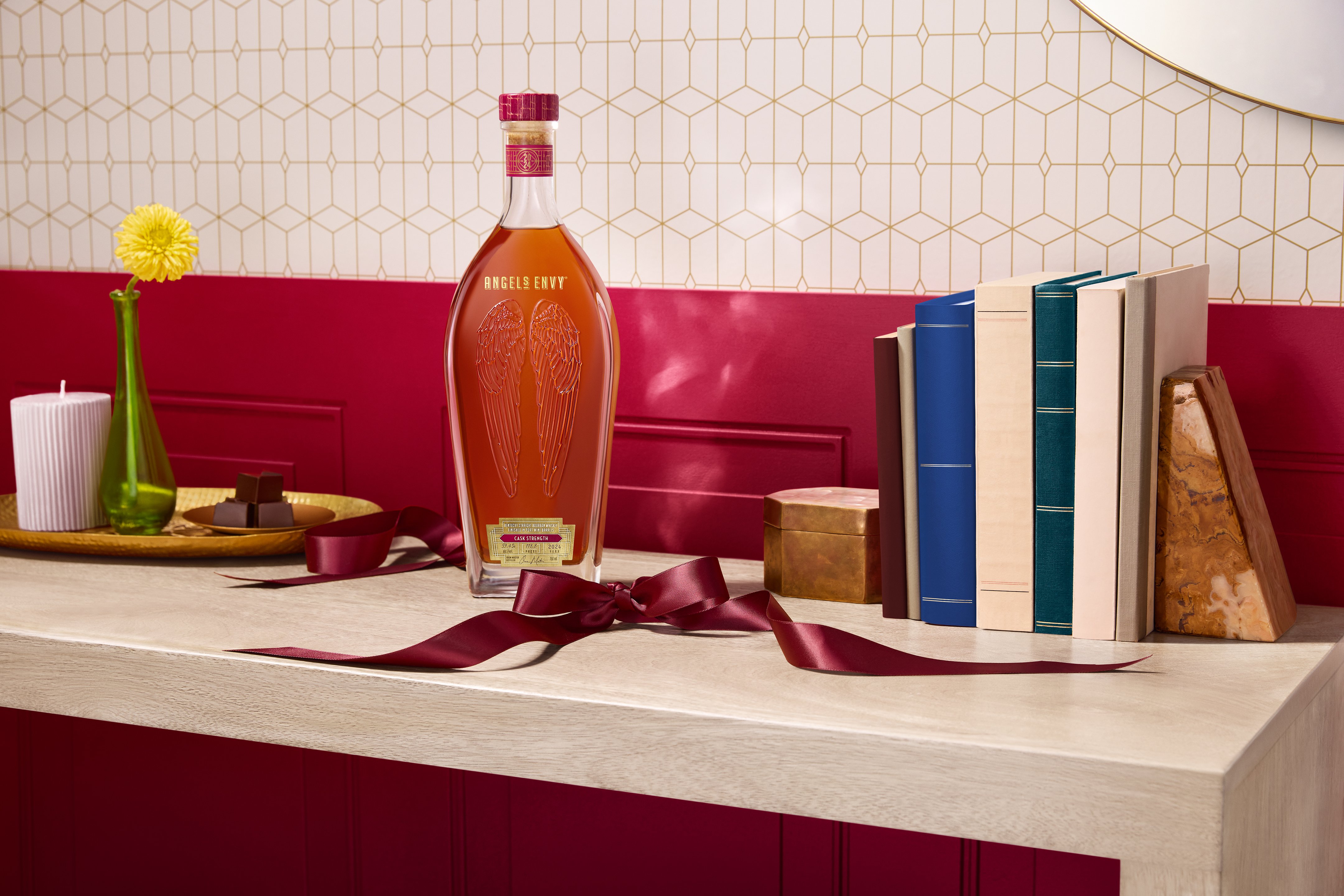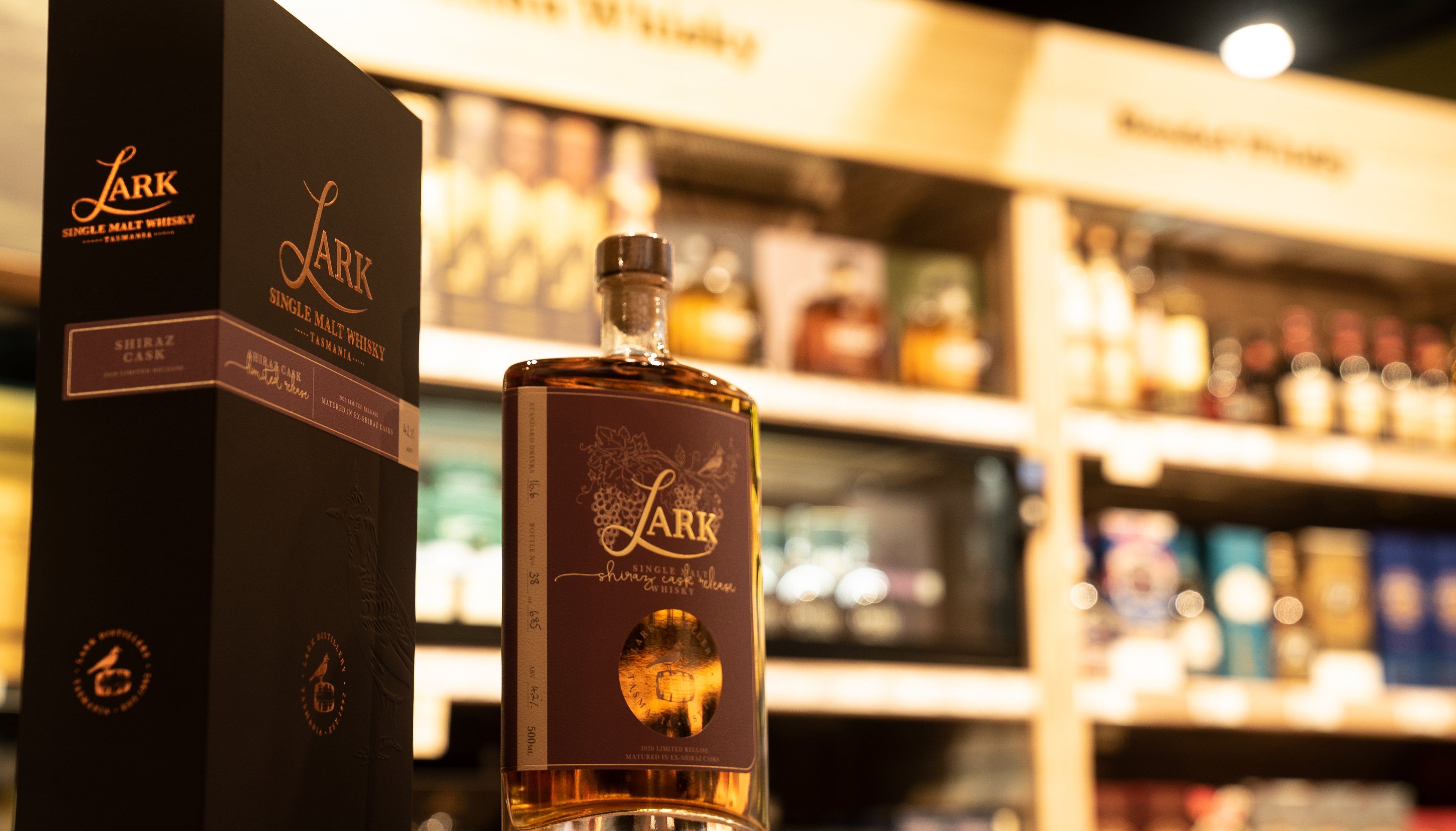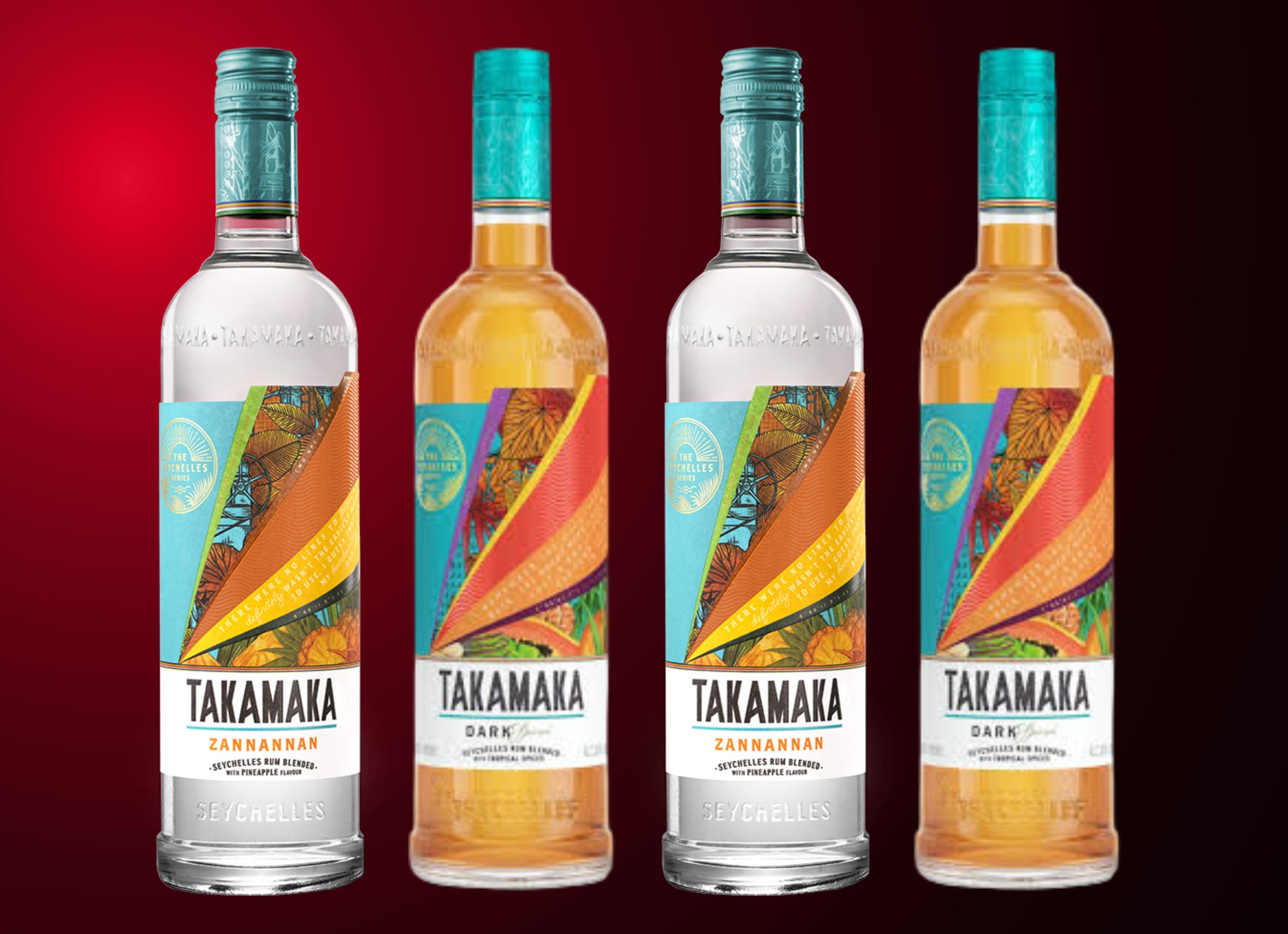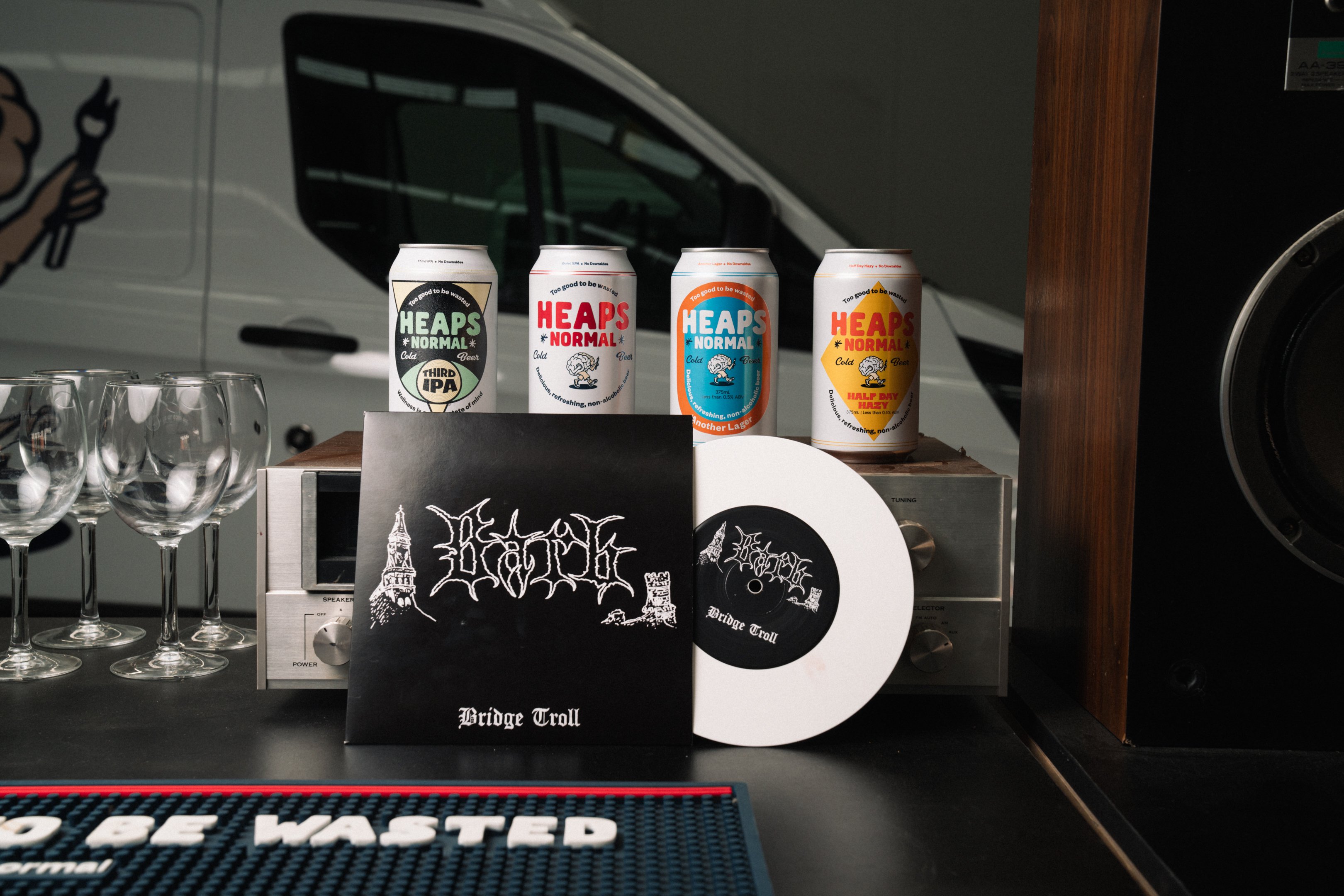Nielsen is predicting that tequila shortages will dramatically change the Mexican spirits market in 2020.
An article by Matt Crompton, Client Solutions Director, Nielsen CGA, and Max Heinemann, Client Manager of Wine and Spirits, Nielsen CGA, has looked into market moving trends for 2020 and pinpointed major turbulence for the white spirit.
"Sales of tequila aren’t suffering, but the spirit’s very existence is," the report said. "Shortages of blue agave grown in the Tequila region of Mexico are forcing manufacturers to find new sources.
"In fact, some companies are predicting that tequila production within the next 10 years will be extremely challenging.
"With the limit on how much tequila can be produced in a certain area, companies will increasingly look at other blue agave products. Outside of mezcal—which is already growing quickly due to its smoky, earthy flavour, coupled with the influence of famous stars—raicilla, Bacanora, sotol and pulque will all find themselves thrust into the spotlight, as they are capable of being produced across Mexico."
Tequila is the most consumed liquor in Mexico, and is now exported to 130 different countries around the world. The US is by far the largest market, representing over 70% of all tequila export sales. In 2019, more than 1.6 billion dollars of tequila was sold to the US.
In Australia, IRI data shows tequila’s annual growth is 14%, up from 5.7% YA.
Last month, Top Shelf International announced it had purchased an agave farm in Queensland with the aim of producing Australian tequila.
“Agave has typically been a Mexican drink with its heritage there,” Top Shelf Chairman Adem Karafili told The Australian. “But now tequila is becoming its own sophisticated category. Previously the economics didn’t stack up. It has become a bit fashionable.”
What are raicilla, Bacanora, sotol & pulque?
Wine Enthusiast explains that raicilla "languished in relative obscurity for decades and was written off as Mexican moonshine", but has finally found its footing in the spirits market.
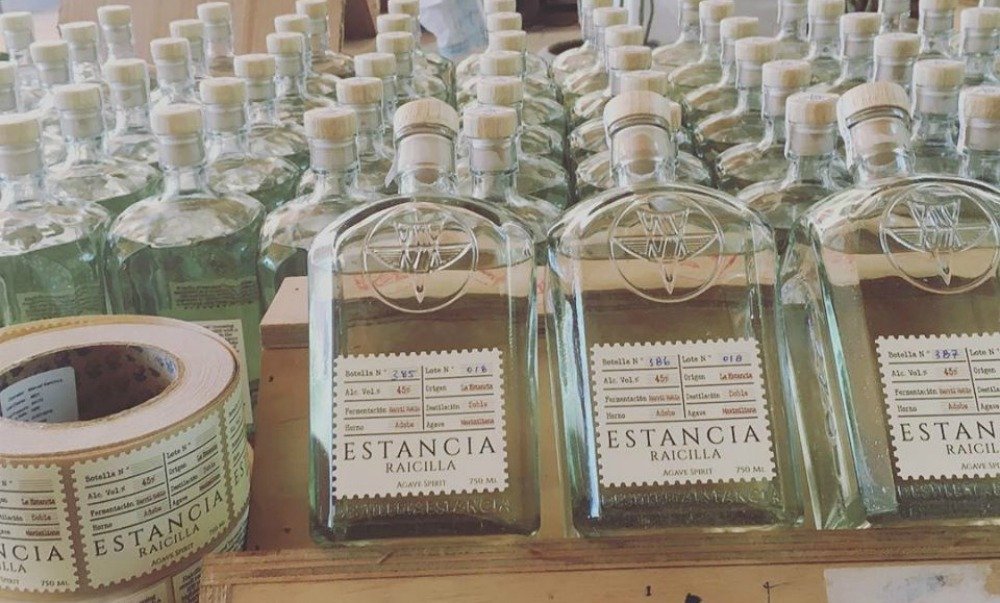
The agave spirit is made from a variety of wild and cultivated plants in Jalisco, with two distinct strains: de la costa (coastal) and de la sierra (mountainous).
WE notes: "More fragrant than tequila and without the signature smokiness of mezcal, raicilla is noted for floral and vegetal overtones."
Unlike tequila and mezcal, raicilla should be served cold.
As for Bacanora, Lifestyle Asia says: "Only allowed to be distilled legally in 1992, this agave spirit is now steadily gaining traction for its smooth, roasted character. Bacanora must only be made from wild agave Pacifica plants aged seven to ten years old, and distilled in the Sonora region of Mexico. Its unique agave base is key to bacanora’s intensity, setting it apart from its other mezcal cousins."
Sotol hails from the desert in Chihuahua and is crafted from its namesake plant, a relative to the agave. Every sotol plant takes 15 years to mature, producing one bottle of sotol from its core. Its flavours are herbal and earthy, though aged varieties can imbue sotol with sweetness.
Pulque is a fermented alcoholic drink made from agave, the same plant that produces mezcal and tequila. Both mezcal and tequila are made from the cooked heart of certain varieties of agave, while pulque is the fermented sap of the plant. Aztecs considered it to be the blood of the goddess Mayahuel. It only has an alcohol content of between 2% and 8%, but is believed to have other body-calming properties.
Good pulque should be fizzy and bright when it hits the tongue, almost like a cross between kombucha and cider.
Share the content
